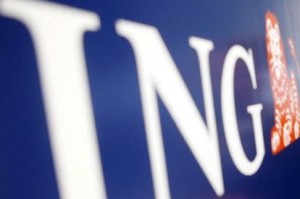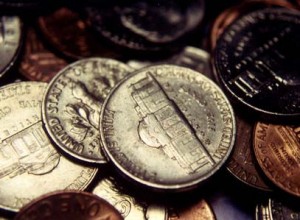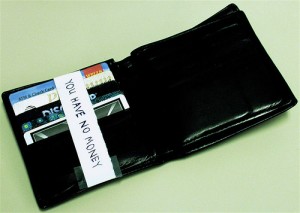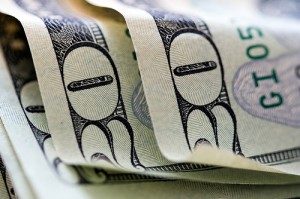 Let’s say you have $5,000 available to purchase a car, and you need it right now. You can technically afford to add a monthly payment to your finances, but of course that will take away from the amount you’re able to save each month.
Let’s say you have $5,000 available to purchase a car, and you need it right now. You can technically afford to add a monthly payment to your finances, but of course that will take away from the amount you’re able to save each month.
You need to decide whether you want to use that $5,000 as a down payment for a financed car or use it to pay cash for an older car with a lot of miles on it.
Let’s look at some of the pros and cons of each:
Paying cash for an older car
Pros
- No monthly car payment
- More money to put toward savings
- Lower insurance rates
- Lower taxes
Cons
- Higher maintenance fees
- Unreliable
- It’s a gamble. You may drive it for years with no problems, or the engine could die and leave you without a vehicle a few months later.
- Depending on the age and type of vehicle, gas consumption is likely to be higher than a newer car.
Financing a used car
Pros
- Certified cars come with warranties that promise reliability.
- Less likely to have problems soon
Cons
- Still a gamble. You don’t know how the previous owner cared for the car, so you could end up with a car payment and high repair costs.
- Higher financing interest rates than brand new vehicles
Financing a new car
Pros
- Guaranteed reliability through warranties.
- If you’re the only owner, you can care for it diligently and drive it for 10+ years.
- Possible tax incentives on cars with better gas mileage.
- Lowest possible interest rates for financing.
Cons
- High monthly payment.
- High taxes.
- High insurance rates.
I don’t really have an answer. To me, it’s a toss-up, and used cars are a gamble. You might save a lot of money, but you’ll end up funneling it back into the car for repairs. We haven’t decided what we’ll do for our next car, but we’re leaning toward financing a certified used car.
Here’s why: I drove a lot of old beaters in high school and college. My dad is a relatively good mechanic, so this wasn’t a problem in high school. When I broke down, he’d pick me up, and get my car running again. But in college, I ended up stranded a lot with no choice but to tow my car to a garage and charge the repairs on a credit card. Ouch.
When we moved to North Carolina, Tony and I made the decision that we’d rather share one new, reliable car than have two unreliable beaters. So that’s what we did. And I don’t regret it. We bought a reasonable economy car, but it was brand new. Yes, there’s a payment every month, but I’d rather pay a car payment every month than wonder when I’ll be stranded again by a breakdown.
Many personal finance bloggers will say, “Yes, you’re likely to pay for repairs on a used car, but it still won’t add up to the amount you’ll lose in depreciation and interest on a financed car.” That’s true. But honestly? It’s not about the money for me. There was absolutely nothing I hated more than breaking down at a stoplight or being stranded in the cold after working late. I’d rather pay 100 car payments than deal with that again.
What about you?



